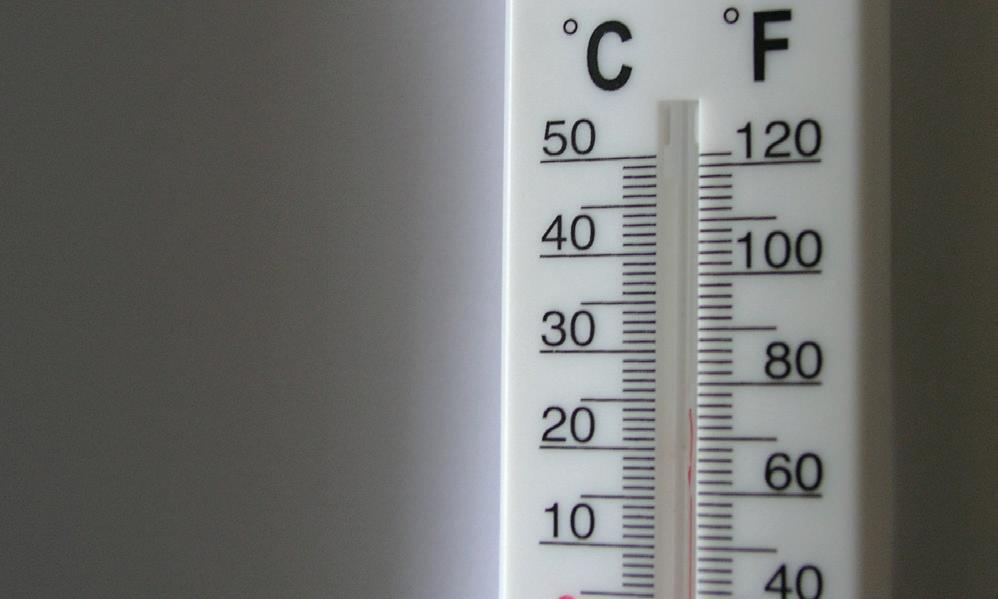
1 minute read
Storage Conditions
INTRODUCTION
Moisture and temperature are the two critical factors in optimal food storage.
Moisture: Th e humidity in the storage environment should be low. If dried foods pick up moisture from the storage area, mold, yeast, and bacteria can grow. Th is can lead to spoilage and potentially to illness. Moisture can also lead to the breakdown of some packaging materials (paper degradation and metal rusting). In areas of high environmental humidity, a dehumidifi er may be needed.
Temperature: Th e optimal temperature is in the cool to moderate range, approximately 40 to 70° F. Research at Brigham Young University (Green et al., 2005) on long-term storage has shown that wheat retained an acceptable quality for 25 years when stored cool (basement) and only 5 years when stored hot (garage or attic). Grain germination rates will decline, and vitamin breakdown rates in all stored foods will increase as the temperature increases.
Canned foods should not be allowed to freeze. Freezing will bulge cans and may cause seam failures, leading to a potential for foodborne illness. Dry foods and honey can freeze without concern. Oils can freeze and get cloudy. Th is is natural. Th ey will become translucent again when they warm up.

Other Factors: Direct sunlight is detrimental to foods. It can speed deterioration of both the food and the packaging. Th e heat from sunlight can also speed deterioration. Always store foods off the fl oor. Flooring materials, especially raw concrete, can leech chemicals into stored foods. Th ese chemicals can pass through plastics and can cause rust to form on metal.









